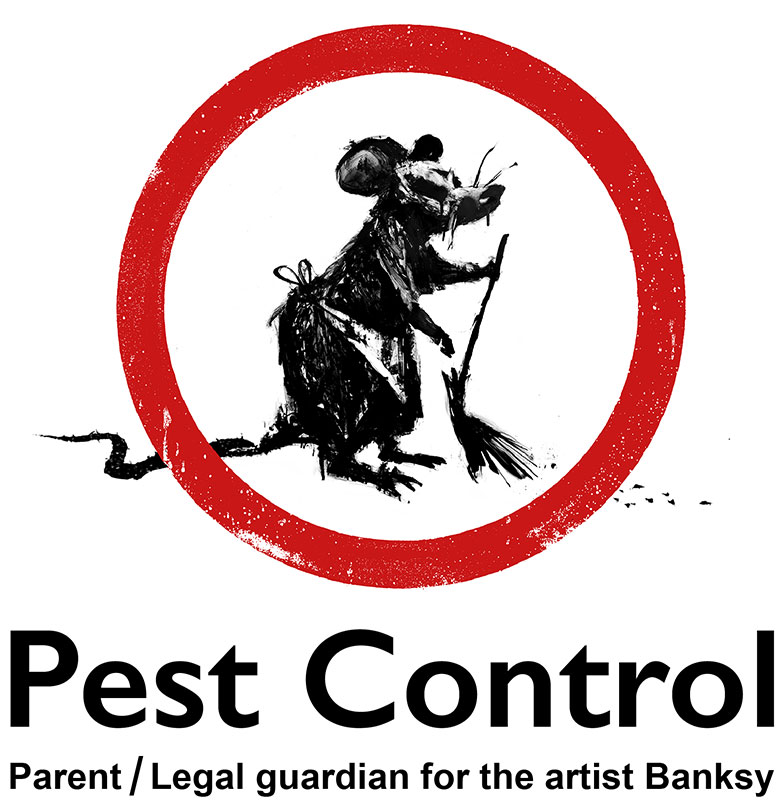A1 Pest Control Charlotte NC Bed Bugs - Specialist Elimination Services
Wiki Article
Bed Bug Treatment Failure: Contrasting Chemical Vs. Non-Chemical Solutions
In the world of parasite control, especially when managing the relentless concern of bed bugs, the choice between chemical and non-chemical therapy services can be a pivotal one. Both strategies provide distinct benefits and disadvantages, affecting elements such as effectiveness, safety and security factors to consider, and general expense. By analyzing the nuanced details of each method, a clearer understanding of which course to pursue in resolving a bed pest infestation can be attained.Effectiveness of Chemical Therapies
Chemical therapies for bed pest invasions have been widely identified for their potent and quick efficacy in removing these bugs. When taking into consideration the effectiveness of chemical therapies, it is essential to recognize that they can offer a quick and detailed option to a bed insect problem.In addition, chemical treatments have the advantage of offering recurring results, meaning that they can remain to eliminate bed insects even after the initial application. This residual action is especially valuable in combating any type of prospective re-infestations. Furthermore, the rapid action of chemical treatments can bring alleviation to individuals facing serious bed insect infestations, permitting them to regain control of their home quickly.
Safety Interest In Chemical Solutions
One vital facet that requires careful consideration when utilizing chemical options for bed pest treatment is making certain the safety and security of occupants and the environment. Direct exposure to certain chemicals made use of in bed insect treatments can lead to respiratory system problems, skin irritability, or other damaging reactions, specifically in people with pre-existing conditions or level of sensitivities.Moreover, the environmental effect of chemical solutions is an additional significant factor to consider. Some pesticides utilized in bed bug therapies may be hazardous to useful pests, wildlife, and ecosystems if they leach into the soil or water systems. It is vital to utilize chemical treatments carefully, complying with safety standards, and considering much less hazardous alternatives to reduce these dangers and ensure the reliable and secure monitoring of bed insect problems.
Benefits of Non-Chemical Approaches
Thinking about the possible safety and security worries and environmental impact connected with chemical solutions for bed insect therapy, discovering non-chemical strategies offers an encouraging choice with numerous distinct benefits. Non-chemical treatments are eco friendly, as they do not contribute to air or water contamination, making them a lasting choice for insect control.In addition, non-chemical remedies can be reliable in targeting bed pests, consisting of hard-to-reach locations where chemical treatments may not penetrate. Approaches such as heat treatment, vacuuming, heavy steam cleansing, and mattress coverings supply complete removal without the use of damaging chemicals. Additionally, non-chemical methods can be less turbulent, requiring very little preparation and permitting for quicker reentry into dealt with areas. In general, selecting non-chemical bed insect therapy techniques not just prioritizes safety and environmental protection yet additionally makes sure reliable and detailed pest control.
Limitations of Non-Chemical Treatments

In addition, non-chemical therapies usually need numerous applications to accomplish successful obliteration. This can be lengthy and might not always guarantee complete elimination of all bed bugs and their eggs, specifically in hard-to-reach or surprise locations.
Furthermore, the success of non-chemical therapies heavily depends on correct application and thoroughness, which can be testing for people without professional knowledge. Insufficient application of non-chemical methods may result in insufficient obliteration, leading to relentless problems and the need for extra therapies.
Therefore, while non-chemical treatments have their benefits, it is necessary to recognize these restrictions and consider them when determining one of the most efficient approach for managing bed bug invasions.
Expense Comparison: Chemical Vs. Non-Chemical Options
Offered the constraints linked with non-chemical treatments, an important element to review in the context of bed bug monitoring is the price comparison between chemical and non-chemical options. In comparison, non-chemical therapies like warm treatment or vapor can be more expensive, with expenses varying from $1,000 to $6,000 for a whole home. While the initial price of chemical treatments may appear lower, multiple therapies might be required to completely remove the problem, possibly enhancing the general expense.Conclusion

Taking into consideration the possible safety worries and ecological impact linked with chemical remedies for bed pest therapy, discovering non-chemical strategies presents an appealing choice with a number of distinctive benefits.Offered the limitations connected with non-chemical treatments, a crucial element to examine in the context of bed insect monitoring is the cost comparison additional resources between chemical and non-chemical options. In comparison, non-chemical treatments like warmth treatment or vapor can be extra costly, with prices ranging from $1,000 to $6,000 for an entire home. While the first price of chemical treatments may appear reduced, numerous therapies may be required to totally eliminate the invasion, potentially raising the overall cost.In verdict, when comparing chemical and non-chemical bed pest treatment alternatives, it is important to take into consideration efficiency, security, advantages, constraints, and expense.
Report this wiki page